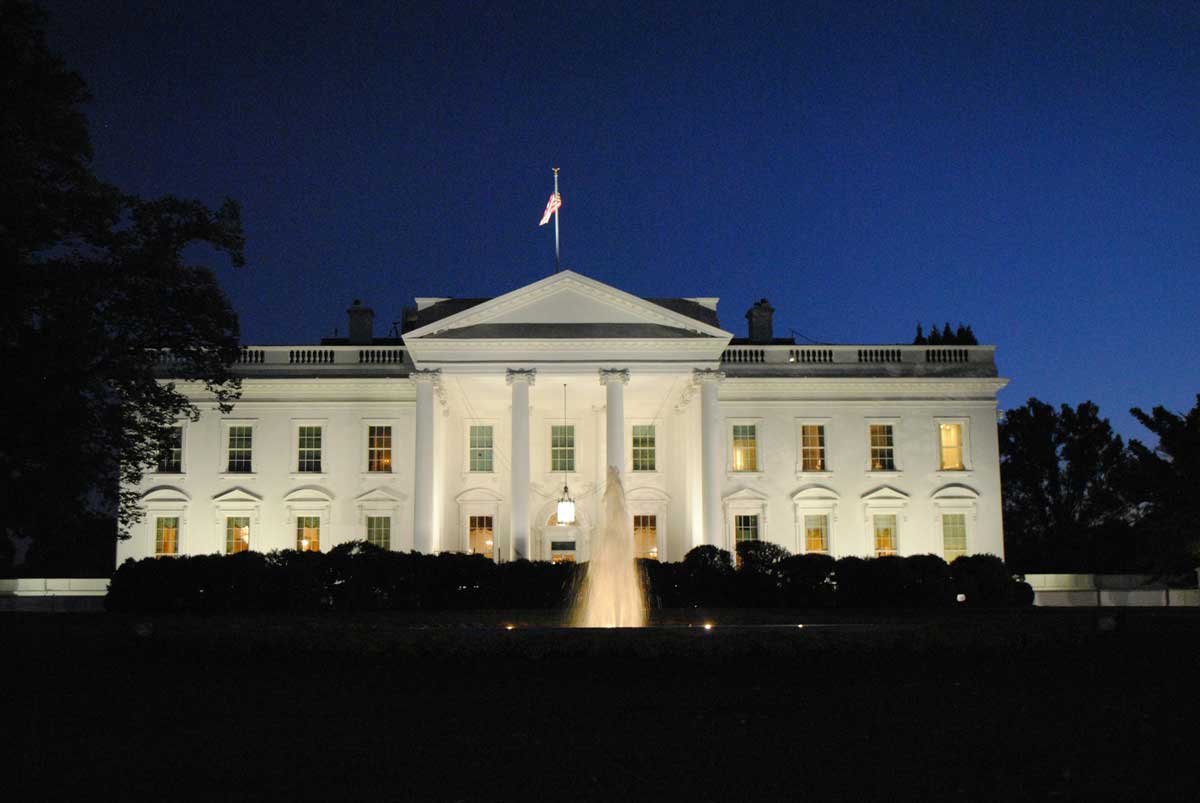In a world with no pandemics and no climate crisis, there would be no need for the Paris Agreement and less need for the World Health Organization. Back here on planet earth, we need international frameworks to tackle the biggest global challenges that no nation can face alone.
That’s why the announced US withdrawals from the WHO and Paris Agreement are a major blow to global climate and health cooperation. It’s also why the great majority of countries will stick with these agreements. Renewed commitment from major players like China and the EU will be key to deepening cooperation despite US absence.
The United States under President Trump will withdraw from the 2015 Paris Agreement on climate change, with Trump directing the US ambassador to the United Nations to ‘immediately’ submit withdrawal notification to the UN. While the order states that the ‘United States will consider its withdrawal from the Agreement and any attendant obligations to be effective immediately’, the Paris Agreement allows withdrawal no sooner than one year after the UN receives notification. So while the US will be out by January next year, legally speaking, it may immediately start ignoring its obligations under the agreement.
Trump’s order goes beyond withdrawing from the Paris Agreement by seeking to free the US from commitments under a related treaty, the 1992 UN Framework Convention on Climate Change. While the Paris Agreement structures most international climate coordination, decisions made under the older Convention provide for important matters like regular greenhouse gas emissions reporting. Trump’s declaration of US ‘withdrawal from any agreement, pact, accord, or similar commitment made under’ the Convention seems designed to disavow such commitments, while sidestepping legal debate over whether a US president can withdraw from the Convention itself without approval from Congress.
The order also requires US officials to ‘immediately cease or revoke any purported financial commitment’ under the Convention. The Biden administration pledged $3 billion to the Green Climate Fund – the largest standalone climate fund – and made smaller pledges to other UN funds. This cease-and-desist notice downgrades US commitments to the status of a bouncing cheque.
The order withdrawing from the WHO is in the same spirit. It begins with a list of grievances against the WHO, starting with the ‘organization’s mishandling of the COVID-19 pandemic that arose out of Wuhan, China’. Because the US joined the WHO subject to a Congressional requirement that it must give a year’s notice for withdrawal, Trump’s order does not announce immediate withdrawal. However, the order’s direction to ‘pause the future transfer of any United States Government funds, support, or resources to the WHO’ may violate Congress’ requirement that, in the event of withdrawal, the US financial obligations to the WHO ‘shall be met in full for the Organization’s current fiscal year’.
Like every country, the US has the right to withdraw from treaties. But by doing so, the world’s biggest economy and largest aggregate contributor to carbon dioxide emissions is turning its back on collective effort at a dangerous time. The tragedies of the Covid pandemic demonstrated the need for much stronger international coordination on infectious disease. More frequent and worsening disasters like the Los Angeles wildfires are symptoms of intensifying global heating.
And this is not simply a rerun of Trump 1.0. The first Trump administration’s withdrawal from the Paris Agreement and plan to withdraw from the WHO both came too late to have much impact. This time, the US will be out of both frameworks for a minimum of three years, providing a much sterner test for the 190-plus countries that will remain.
Here’s three immediate challenges.
On the climate side, this year Paris Agreement members must submit new national climate plans, committing to 2035 greenhouse gas targets. Convincing developing countries in particular to commit to ambitious targets in the absence of a US pledge will be a tall order.
The second challenge is linked to the first. Poorer countries will need international funding to achieve low-emissions development, which means Paris Agreement members and especially developed countries need to start delivering on the new finance goal of at least $300 billion per year by 2035 for developing countries, set in Baku last year.
On the health side, WHO parties are negotiating an agreement on pandemic prevention, preparedness and response, to apply lessons learned the hard way during the Covid pandemic. The deadline for agreement is this May. Trump has directed the US government to ‘cease negotiations on the WHO Pandemic Agreement’. Finding consensus on a pandemic treaty has been tough and will remain so without US involvement.
To meet any of these challenges, countries with significant policy, diplomatic and economic resources will need to pick up the slack left by US refusal to engage. China and the EU can both be vital contributors. Both are top-three global economies which, despite their very different political systems, share a commitment to multilateralism with the UN at its core. Deft diplomacy will also be needed from countries like South Africa, chairing the G20 this year, and Brazil which will host the 2025 UN climate conference.
Other countries will resent shouldering more of the load while the world’s wealthiest nation plays the free rider, but it is in their self-interest to do so. The agreements the US is walking out on aren’t perfect but they are necessary. Under the Paris Agreement, a world previously on track for a catastrophic 4°C rise in global temperature now looks to be headed for 2.1-2.8°C – still too high but a rapid shift in trajectory. The WHO is a global contributor to public health, working through partnerships like the one that delivered almost 2 billion Covid vaccines to poorer nations.
If the world’s majority stands by multilateral approaches to shared challenges, the unilateralism of one country – even the world’s most powerful – need not derail global cooperation.
